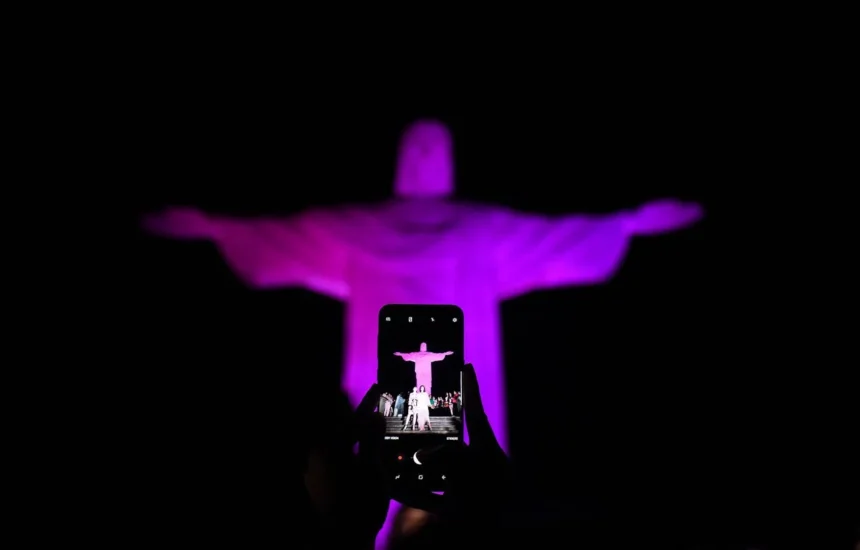For centuries, religious practice was defined by physical spaces, shared traditions, and face-to-face community. But from livestreamed sermons to AI-powered prayer apps, a quiet technological revolution is taking place, profoundly altering what it means to be faithful in the modern world.
As a technology journalist, I see this shift as a powerful example of innovation blending with the most ancient of human institutions. We are exploring the question of how has technology impacted religion, and the truth is, it’s not just changing how we practice it; it’s challenging our very notions of community, doctrine, and accessibility.
Let’s look at the digital tools creating the new congregation and explore the lasting impact of this transformation.
The Tools of the Digital Age
The rise of personalized consumer tech has created a powerful, always on infrastructure for faith.
- Livestreaming and Global Reach: Platforms like YouTube and Facebook have become the new public square for religious leaders. Livestreamed services break down geographical barriers, allowing a single church or mosque to reach a global audience. This accessibility is vital for those who are sick, disabled, or isolated. In essence, technology is giving rise to multi-site churches that exist both physically and virtually.
- Mobile Apps and Personalized Faith: Faith is now a constant companion through specialized mobile apps. From the YouVersion Bible App, which offers personalized scripture readings and devotionals, to apps that facilitate online giving and guided meditation, technology has inserted itself directly into an individual’s daily spiritual life.
- AI and Virtual Sacred Spaces: The most cutting-edge innovation is in AI and Virtual Reality (VR). AI-powered chatbots like Gita GPT or Sibyl AI are emerging as 24/7 spiritual companions, offering personalized guidance and interpretations of sacred texts. VR, meanwhile, allows users to go on virtual pilgrimages to sacred sites like Mecca or Jerusalem, transcending physical limitations to engage in powerful spiritual experiences.
The Transformative Impact on Community
The most significant change is the shift in how community is built and maintained.
A Look to the Future
The current digital tools are just the beginning. The next frontier involves deeper integration that will continue to challenge religious institutions:
- The Rise of the AI Guru: As AI models become more sophisticated, they will raise profound ethical questions about the nature of spiritual authority. Can a machine truly provide pastoral care? If a bot can offer comfort and recite scripture, is it a substitute for a human leader?
- Decentralized Faith: Technology is gradually shifting the focus of faith from a physical, institutional building to an individual’s personal device. This trend reflects a larger societal shift toward using monitoring devices for both spiritual and physical health. This democratization puts more power into the hands of the individual believer but also requires greater personal accountability for their spiritual walk.
Conclusion
The history of religion has always been intertwined with technology, from the printing press spreading the Reformation to television giving rise to televangelism. Today’s digital revolution is simply the latest chapter.
The challenge for religious leaders is to harness the immense reach and innovation of digital tools the Digital Pulpit while safeguarding the timeless human elements of intimacy, ritual, and genuine community. The future of faith will be defined by how it navigates this change, as the full answer to how has technology impacted religion is still being written by us all.




